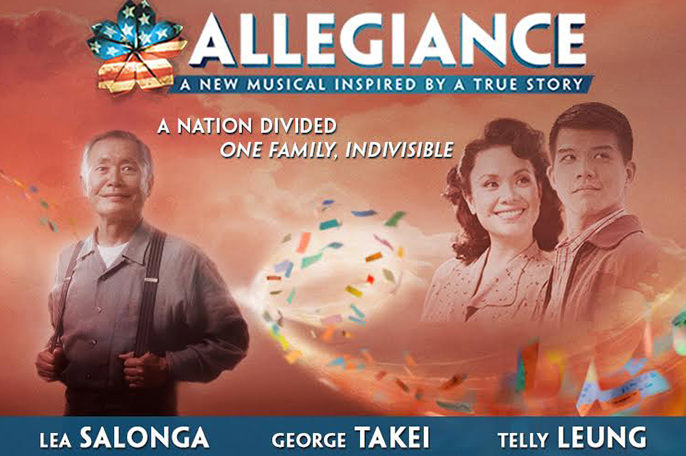Necessary cookies help make a website usable by enabling basic functions like page navigation and access to secure areas of the website. The website cannot function properly without these cookies.
We do not use cookies of this type.
Marketing cookies are used to track visitors across websites. The intention is to display ads that are relevant and engaging for the individual user and thereby more valuable for publishers and third party advertisers.
We do not use cookies of this type.
Analytics cookies help website owners to understand how visitors interact with websites by collecting and reporting information anonymously.
We do not use cookies of this type.
Preference cookies enable a website to remember information that changes the way the website behaves or looks, like your preferred language or the region that you are in.
We do not use cookies of this type.
Unclassified cookies are cookies that we are in the process of classifying, together with the providers of individual cookies.
We do not use cookies of this type.
 Something that can't be replicated by a "fake" Japanese restaurant in the US: Homemade Tofu served as part of a multi-course feast at Ukai, a lovely traditional Tokyo tofu restaurant.
I’m still pondering the process of cultural assimilation, and how I get so frustrated when Japanese culture – especially Japanese food culture – gets appropriated by people who don’t really appreciate the culture.
Something that can't be replicated by a "fake" Japanese restaurant in the US: Homemade Tofu served as part of a multi-course feast at Ukai, a lovely traditional Tokyo tofu restaurant.
I’m still pondering the process of cultural assimilation, and how I get so frustrated when Japanese culture – especially Japanese food culture – gets appropriated by people who don’t really appreciate the culture.




 Yesterday I was heartened to see the news that the Cleveland Indians Major League Baseball team is going to stop using its blatantly racist caricature of an American Indian, "
Yesterday I was heartened to see the news that the Cleveland Indians Major League Baseball team is going to stop using its blatantly racist caricature of an American Indian, " When I was a kid, I used to tell people who asked what generation I was, that I was “Ni-hansei,” or second-and-a-half. That’s because although my father was a Nisei born in Hawaii (technically a Kibei because his family moved to Japan in 1940 and he was stuck there during the war, but that’s another essay), I was born in Japan.
When I was a kid, I used to tell people who asked what generation I was, that I was “Ni-hansei,” or second-and-a-half. That’s because although my father was a Nisei born in Hawaii (technically a Kibei because his family moved to Japan in 1940 and he was stuck there during the war, but that’s another essay), I was born in Japan.

